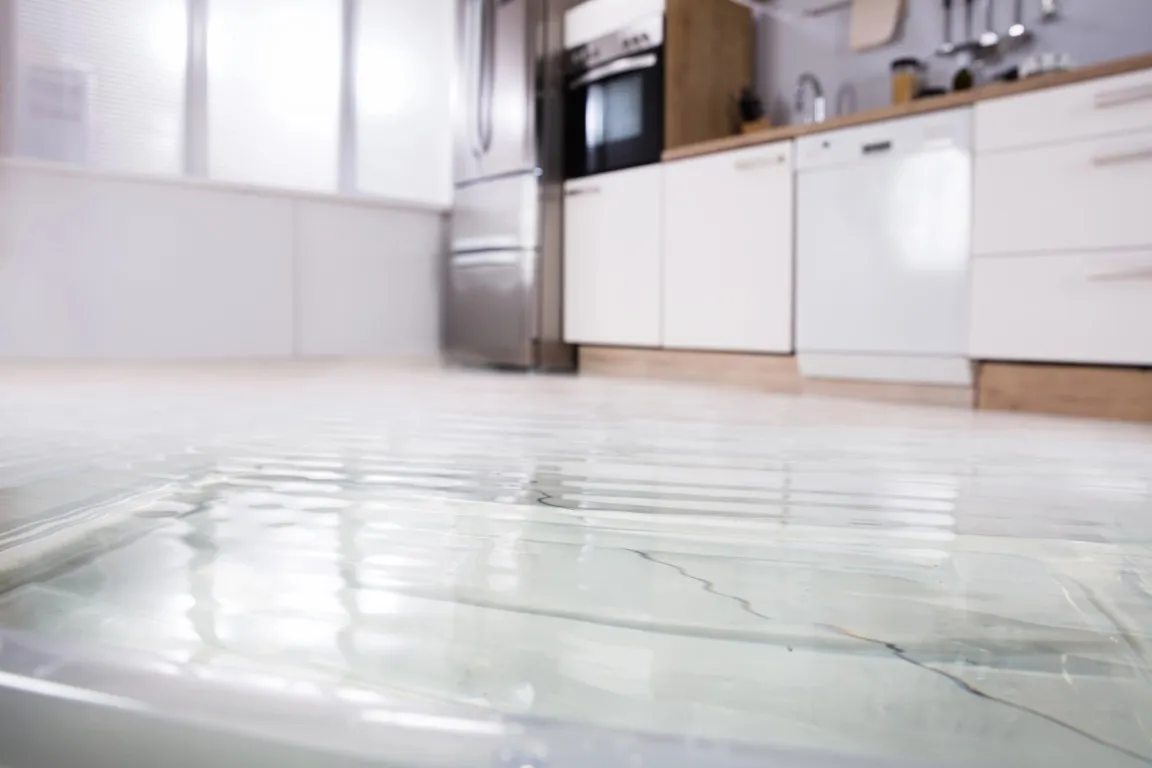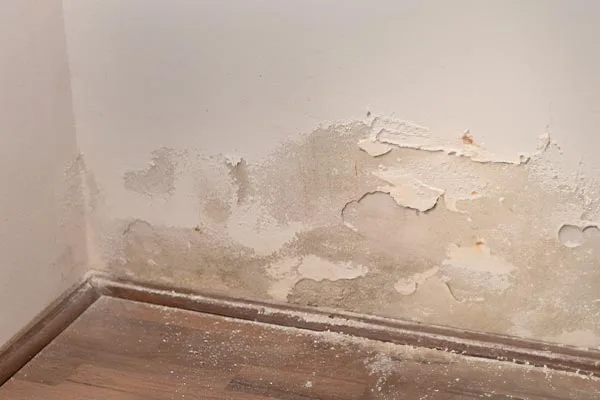
Floods can strike with little warning, leaving behind extensive water damage, debris, and emotional trauma. The first 24 hours after a flood are critical for ensuring your safety, minimizing damage, and beginning the recovery process. Here’s a step-by-step guide to help you navigate those crucial few hours after the flood waters recede.
1. Ensure Safety First
Wait for Official Clearance — Do not return to your property until local authorities say it’s safe. Never enter areas with moving water.
Avoid Floodwaters — Floodwater can contain sewage, chemicals, and hidden dangers like sharp objects, tree limbs, and downed power lines. You could also run into displaced wildlife, such as snakes and rodents.
Turn Off Power — If you can safely access your breaker box, turn off electricity to prevent shocks or fires from electrical outlets, baseboard heaters, or your furnace. If you can’t access your home, contact your local electric utility company to turn off the gas and electricity.
2. Document Everything for Insurance
Take Photos and Videos — Before removing anything, thoroughly document damage to your home, furniture, appliances, and personal items.
Make a List — Keep a written inventory of damaged or lost items with estimated values.
Save Receipts — Keep track of any purchases related to repairs or temporary lodging.
3. Contact Your Insurance Company
Notify Your Provider — File a flood claim as soon as possible to get the process started.
Follow Their Instructions — Your insurer may send an adjuster or require specific documentation.
Ask About Coverage — Understand what’s included in your policy and what steps to take next.
Disaster Area — Find out if your area has been declared a disaster area, as this may affect your insurance coverage and access to resources.

4. Check for Structural Damage
Inspect Carefully — Look for cracks in the foundation, sagging ceiling, or warped floors.
Avoid Unsafe Areas — Do not enter rooms that appear unstable or waterlogged until they have been inspected.
Get expert help — If in doubt, have a contractor or inspector assess the damage. You may want to have an HVAC and air quality specialist come out to ensure you the air will be safe to breathe.
5. Begin the Cleanup Process
Remove Standing Water — Use a wet/dry vacuum or pump, if available, to start clearing water.
Ventilate and Dry — Open windows and doors, run fans, and use dehumidifiers to reduce moisture and prevent mold and mildew.
Fix Leaks — Repair any leaks in roofs, walls, or plumbing as soon as possible.
Call a professional — For extensive damage, consider hiring a restoration company to handle the cleanup more effectively and safely.
6. Prevent Mold Growth
Act Quickly — Mold can begin to grow within 24 to 48 hours.
Remove Wet Items — Dispose of items that cannot be cleaned and dried within 24-48 hours, such as mattresses, carpeting, insulation, and upholstered furniture.
Clean and Disinfect — Clean all surfaces that came into contact with floodwater with hot water, detergent, and a bleach solution. Pay special attention to food preparation areas.
7. Secure Your Property
Board Up Broken Windows — Protect your home from further weather damage or theft.
Tarp Roof Damage — Cover any exposed areas to prevent additional water intrusion.
Notify Authorities — Let local police or emergency management know if your home is uninhabitable.
8. Take Care of Your Health
Wash Hands Frequently — Especially after contact with floodwater or damaged items.
Wear Protective Gear — Wear waders, rubber gloves, and a mask when cleaning up floodwater.
Boil Water — If your water supply has been contaminated by floodwater, boil water until authorities declare it safe. In addition, throw out any food that may have come in contact with floodwater.
Seek Medical Attention — If you have any wounds or injuries from the flood, seek medical attention as soon as possible.
Watch for Signs of Illness — Flood exposure can lead to infections or respiratory issues.
Seek Help if Overwhelmed — Flooding can take a huge toll on you — mentally, physically, and emotionally. Don’t hesitate to reach out for support if you are struggling during this difficult situation.
Minimize Flood Damage By Utilizing the First 24 Hours

The first 24 hours after a flood play a critical role in speeding up recovery and preventing further loss. While it may feel overwhelming and stressful, documenting damage and starting the cleanup process as soon as you can do so safely can reduce the risk of long-term issues like mold growth. If you’re finding it difficult to tackle restoration yourself, don’t hesitate to call in professionals to help you clean, repair, and restore your property and give you back your peace of mind.
